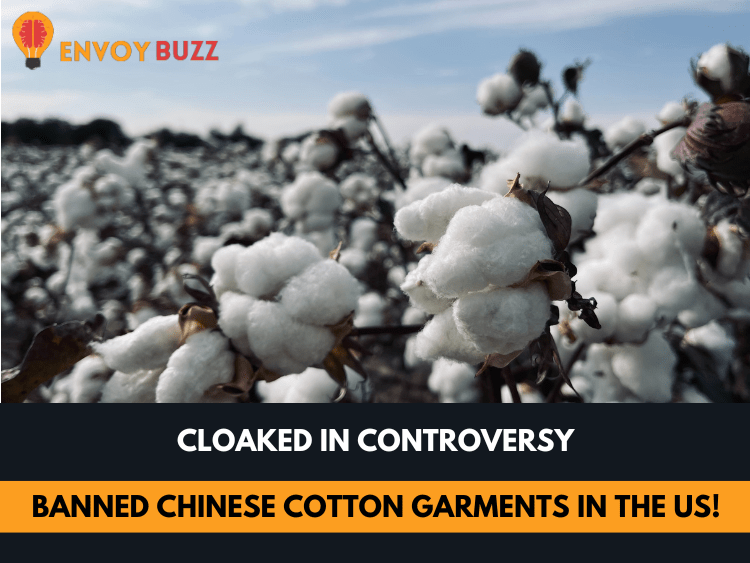Swedish retail giant, Ikea, takes a significant stride towards sustainability in the United States with the introduction of groundbreaking solar installations and renewable heating/cooling initiatives. In an official press statement, Ikea unveiled its ambitious plan to make a lasting impact on the environment. Let’s dive into the details of these eco-friendly endeavors.
Ikea’s ongoing solar project is set to undergo a substantial expansion, encompassing six additional units across the United States. These units, located in Brooklyn, Covina, New Haven, Stoughton, Tempe, and Tejon, will soon be powered by the brilliance of solar energy.
Mardi Ditze, Ikea US’s Country Sustainability Manager, articulates the significance of this initiative, stating, “The solar project supports our ambition to run on 100 per cent renewable energy, while the heating/cooling initiative focuses on boosting energy efficiency and reducing fossil fuel usage by 80 per cent in our operations by 2030.” Ikea’s vision is clear: to become climate-positive by the year 2030.
Upon full implementation, the solar project is projected to generate a staggering 13,600 megawatt-hours annually across the seven units. This green energy leap will help offset approximately 5,883 tonnes of carbon emissions annually, contributing significantly to the reduction of the retailer’s carbon footprint.
In addition to their solar endeavors, Ikea is also set to revolutionize the way they heat and cool their stores in the United States. This progressive effort will be witnessed in Round Rock, Canton, Draper, Orlando, and Tampa.
The focus of this heating/cooling initiative is to enhance energy efficiency and drastically reduce fossil fuel usage by an impressive 80 percent in all operations by the year 2030. This commitment to eco-friendliness is an integral part of Ikea’s overarching strategy to mitigate the environmental impact of its operations.
To achieve this goal, Ikea plans to optimize existing HVAC systems while introducing centralized, more energy-efficient heating and cooling systems in five of its store locations by the end of 2023. This move not only reduces their environmental footprint but also sets a remarkable example for sustainable business practices in the retail industry.
In July 2022, Ikea released its impact report for the year, showcasing a remarkable 24 percent reduction in emissions. This substantial decrease is a testament to Ikea’s dedication to sustainable practices. Additionally, the company made a substantial investment in Texas, ensuring that 100 percent wind energy powers all its retail stores and distribution centers in the region.
This move towards renewable energy sources not only demonstrates their commitment to environmental responsibility but also aligns with their mission to create a more sustainable and eco-friendly shopping experience for their customers.
In conclusion, Ikea’s sustainability initiatives in the United States, including their solar power expansion and renewable heating/cooling efforts, mark a significant leap towards a more eco-friendly future. With their clear goals and actionable plans, Ikea is setting a shining example for businesses worldwide, proving that sustainability is not just a buzzword but a commitment to making a positive impact on the planet.
For more details visit Ikea store
For more blogs visit Envoybuzz.


